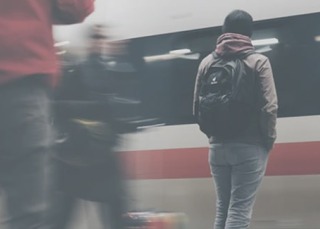
Population Movement Tracker
While many media are seeing audience boosts during the Covid-19 outbreak, the fortunes are certainly mixed across TV, radio, publishers, online and Out of Home. The audiences to some media are affected by peoples’ travel patterns and advertising impact can be affected by where people go and the opportunities they have to buy products and services. For example, OOH advertising consists of the people driving, walking or otherwise passing by advertising frames or panels, radio is heavily influenced by the morning routine and commute and publishers rely on readers picking up or being handed their daily or monthly read when travelling and commuting.
With around 30 countries and more than a third of the global population in lockdown at the beginning of April, the number of travellers has greatly reduced. But, most people still leave their homes on occasion and the frequency with which they do so and the places they visit will no doubt change from week to week, as the crisis evolves. In China, for example, the lockdown is already being eased and the airport is now open in Wuhan.
To ensure the medium is ready to start telling advertisers the good news as people return to the streets and start looking to spend again, Ipsos has harnessed a multiplicity of virus-resistant sources to give us a detailed picture of vehicular and pedestrian traffic in cities and towns all over the world.
Our Population Movement Atlas (PMA) offers weekly updates on vehicular and pedestrian volumes by location type (roadside, retail, transit etc.) and can also be configured to deliver more detailed breakdowns such as daily or even hourly movements. More granular geographic and other analyses are also possible.
The standard outputs of the base product will provide indexed volumes every week for each geography split by roadside and non-roadside location types. This will allow users to adjust content and ad targeting as people return more often to the streets and travel for further and for longer.
